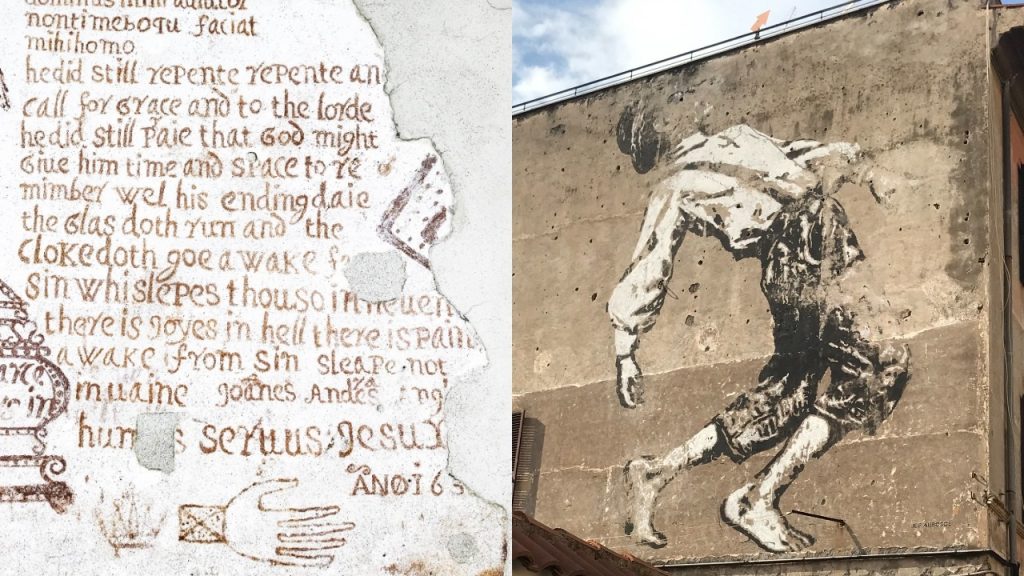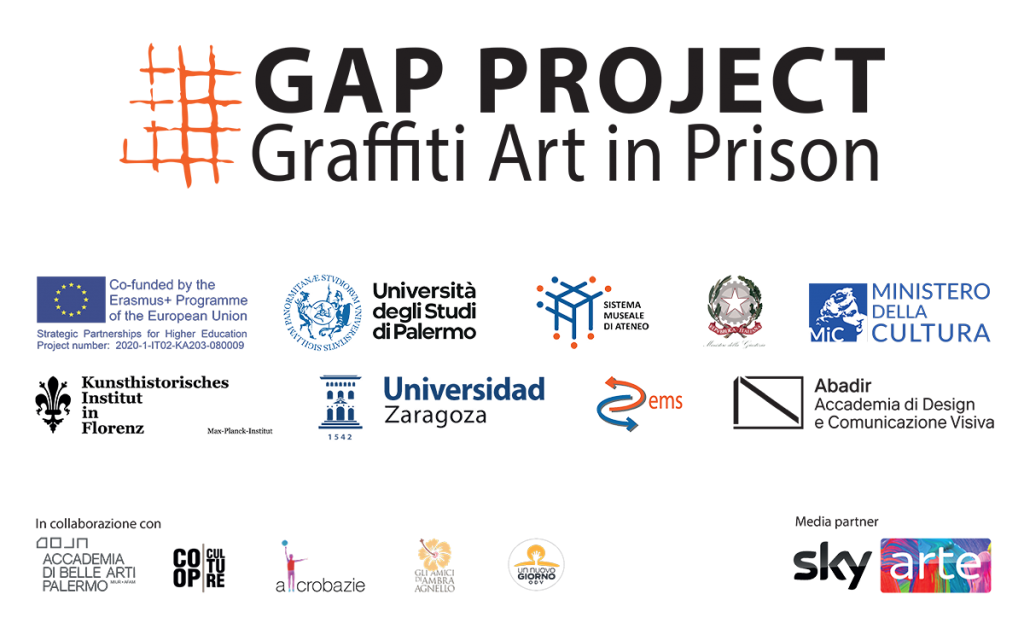
GAP – Graffiti Art in Prison is a collective project not only because it is the result of a successful collaboration of several universities and international research institutions as well as detention centers, but especially because it is structured on the active participation of a group of international PhD students who are specialized in various research fields.
Prison graffiti and wall paintings, both historical and contemporary, will be addressed and compared to other sites of detainment, such as psychiatric hospitals and concentration camps, spaces characterized by conditions of deprivation, separation, lack of freedom, and censorship. Thus, the project encompasses places of confinement in a broad sense and the creative responses to these specific environments in their multiple dimensions: material, corporeal, psychological, political, social, devotional, spatial, and temporal.
The topic underlying the project is therefore open to numerous interpretations and can be handled with various methodological and disciplinary approaches related to history, art history, architecture, archaeology, heritage studies, social and political sciences. The aim of developing a blog within the project is precisely to create a connection between these different points of view in order to put them in dialogue thanks to an accessible platform that is well suited to receive ideas for reflection and discussion.
The GAP blog has been conceived as an open space in which PhD students author articles, reviews (books, films and exhibitions), interviews and multimedia products. It is an instrument that can be used by the students to explore their research projects, but also as a place where to share new inputs and impressions. In this sense, the Intensive Study Weeks and the artistic projects in prison may be considered as a source of inspiration for new debates and as the base from which to widen the field of investigation around a theme that is in itself complex and challenging. The blog will be the active witness of this process of learning, exchanging and interacting.
3 may 2022 – Christine Kleiter, Federica Testa
(Chief editors of the GAP blog)

